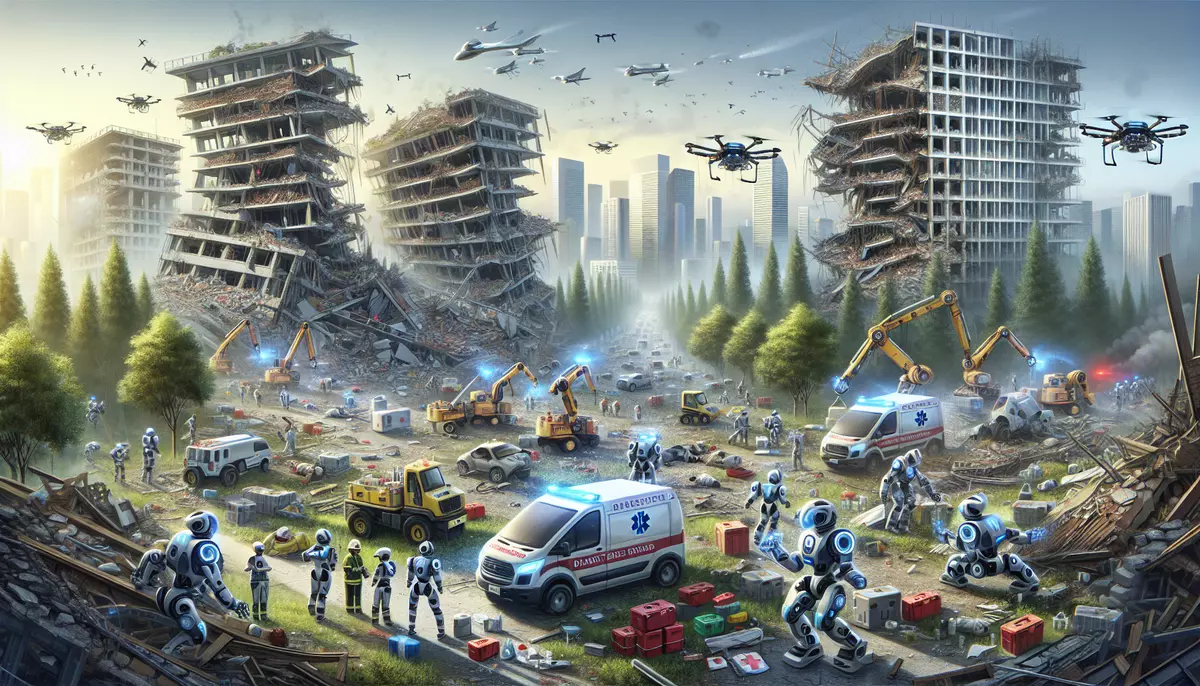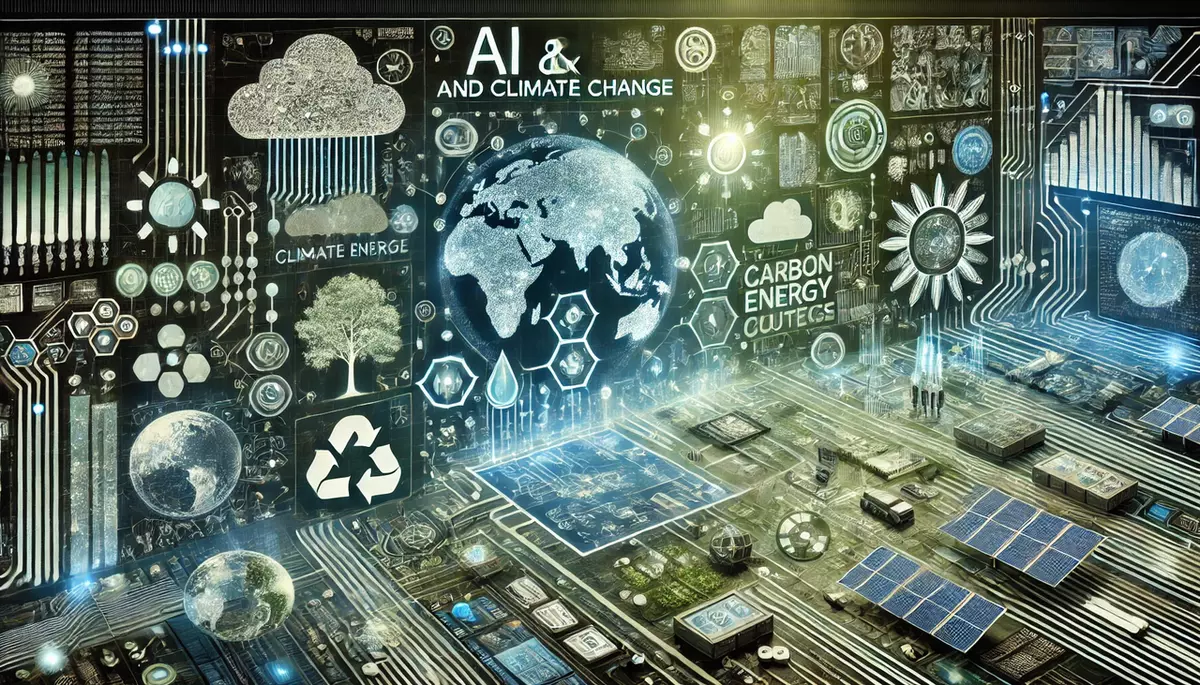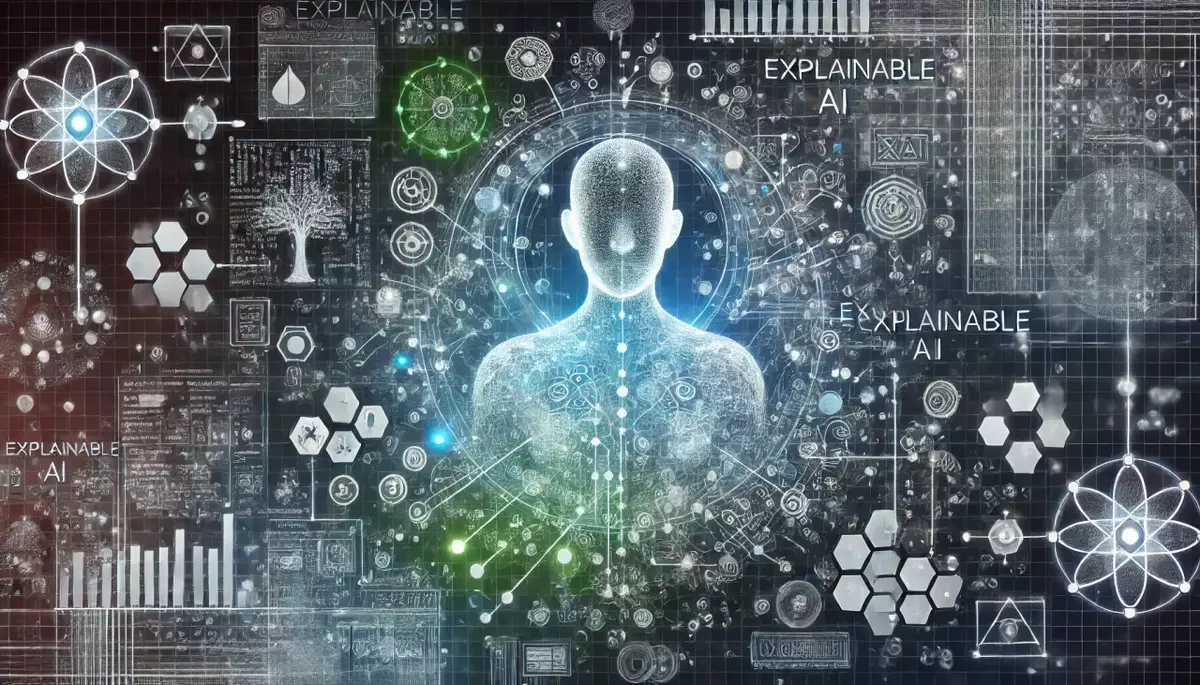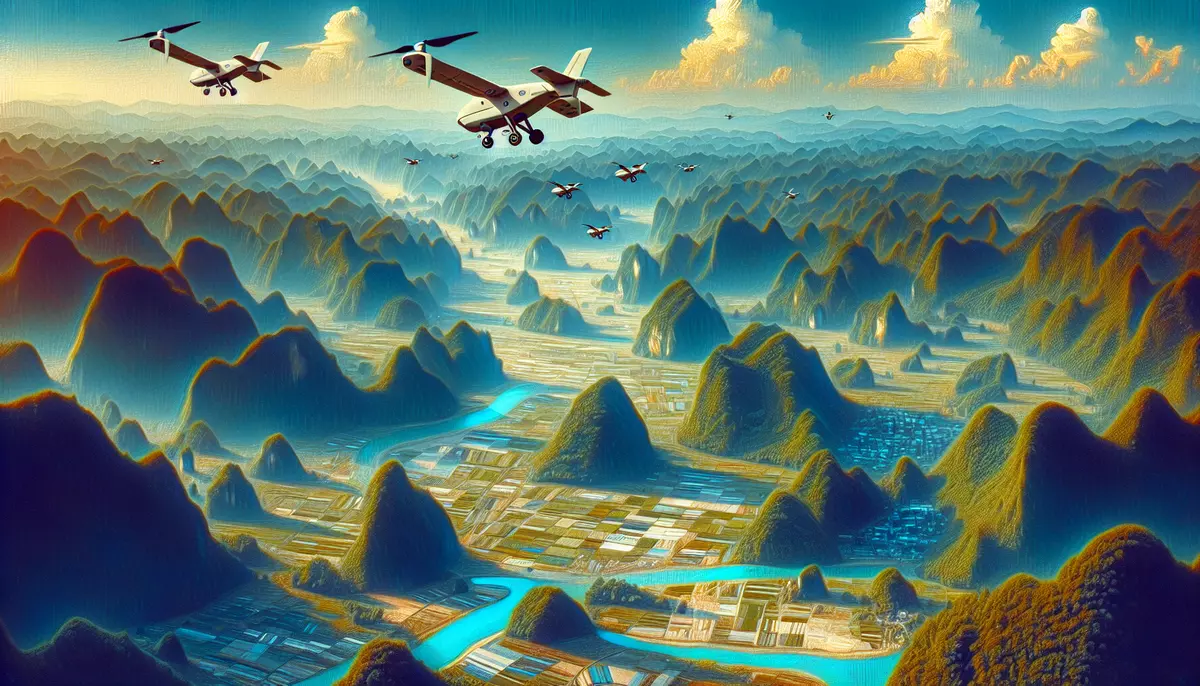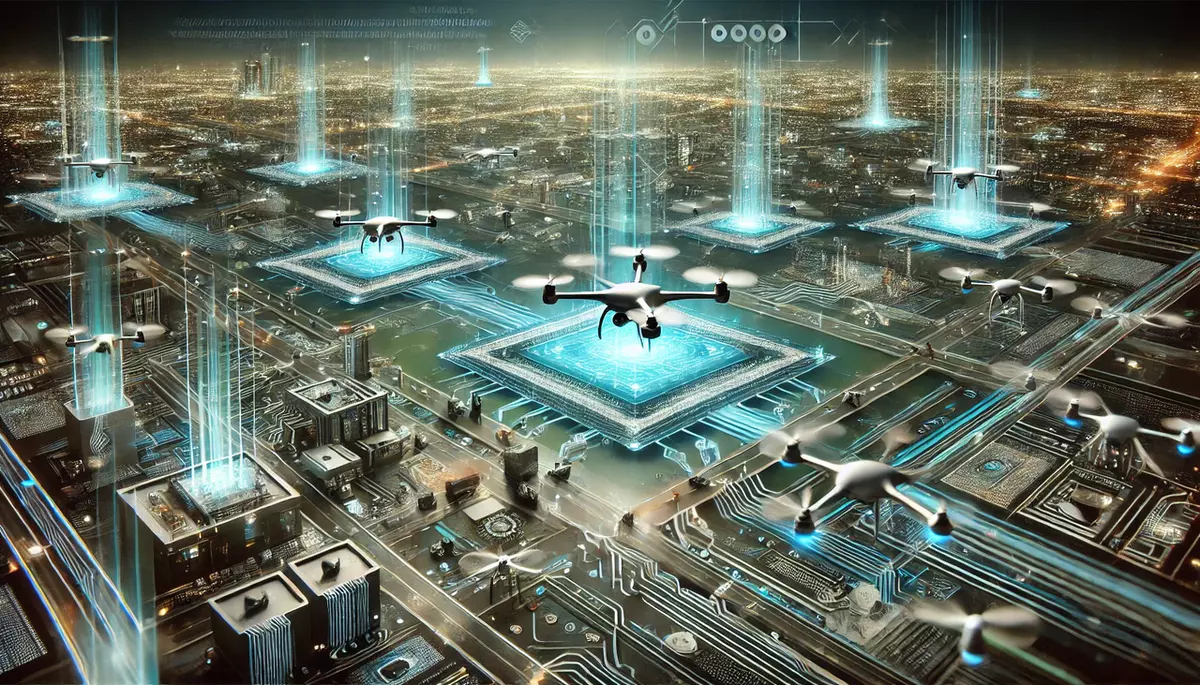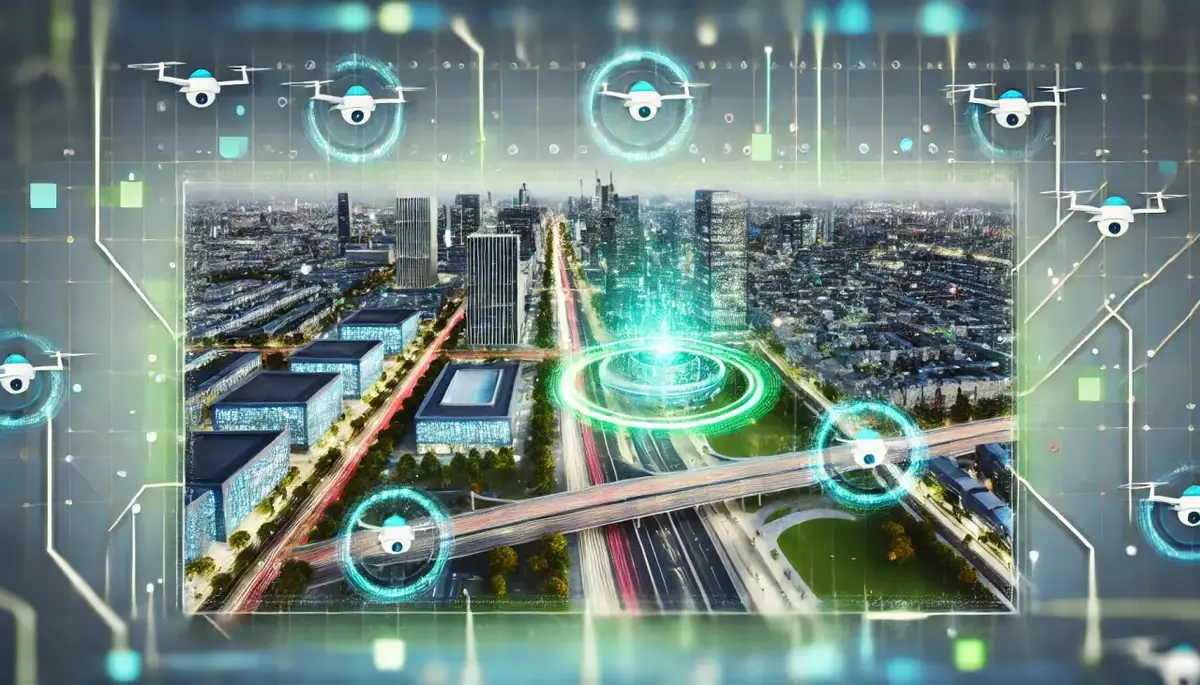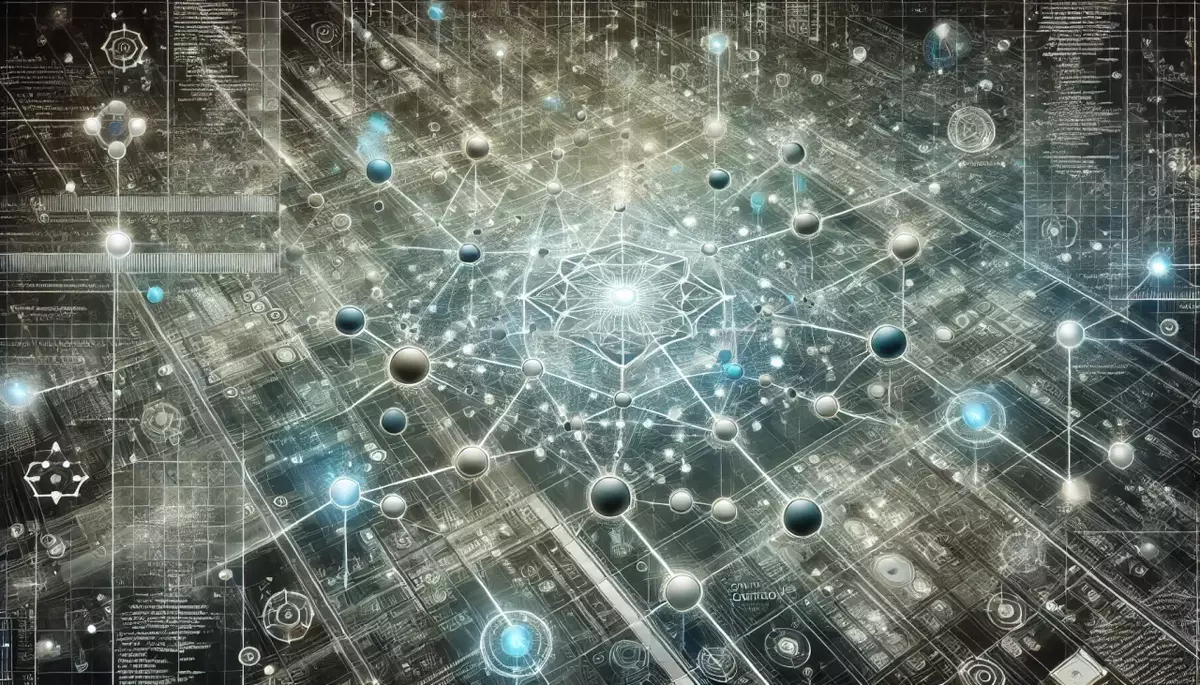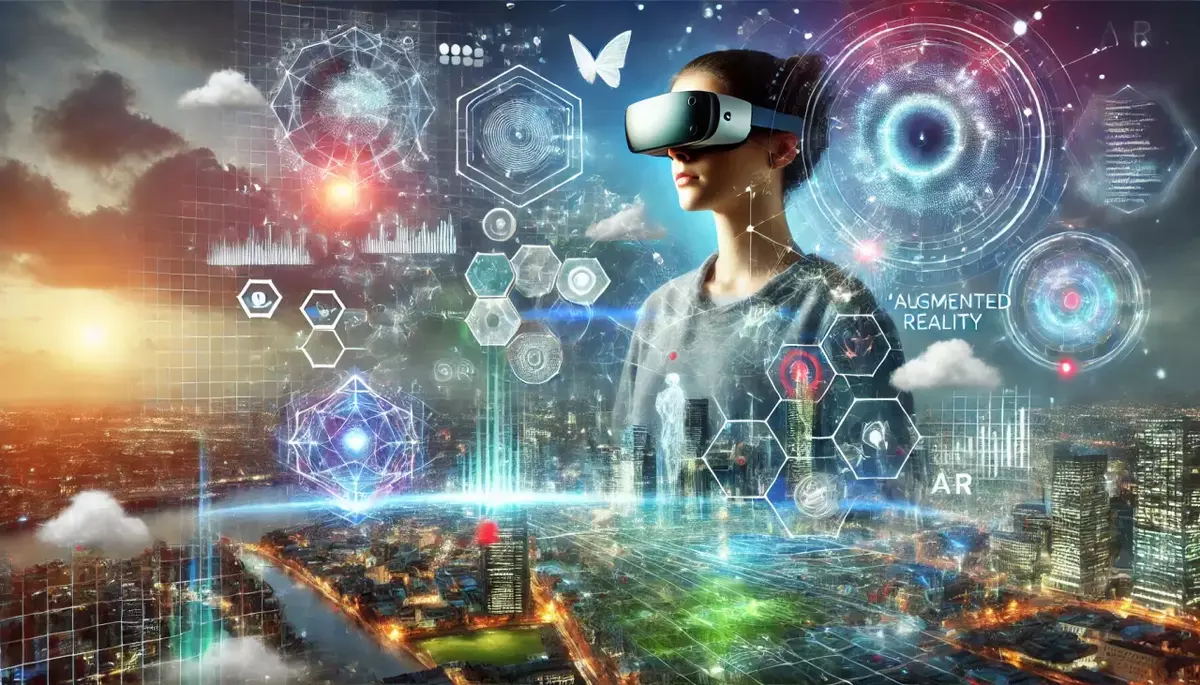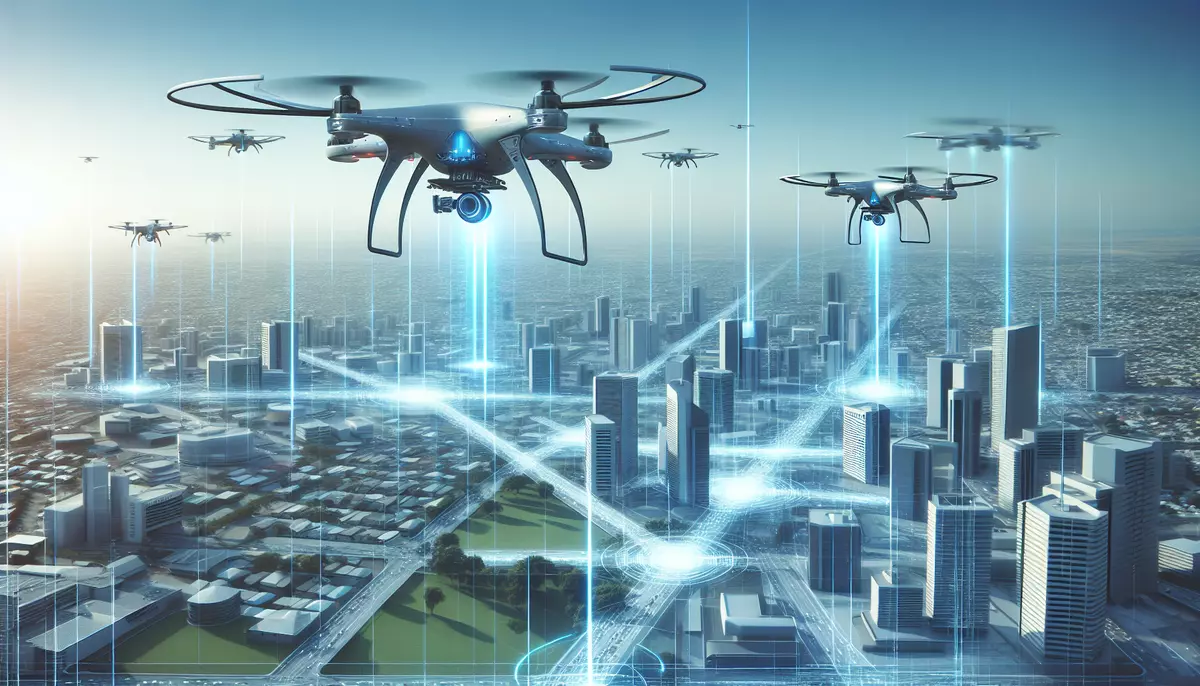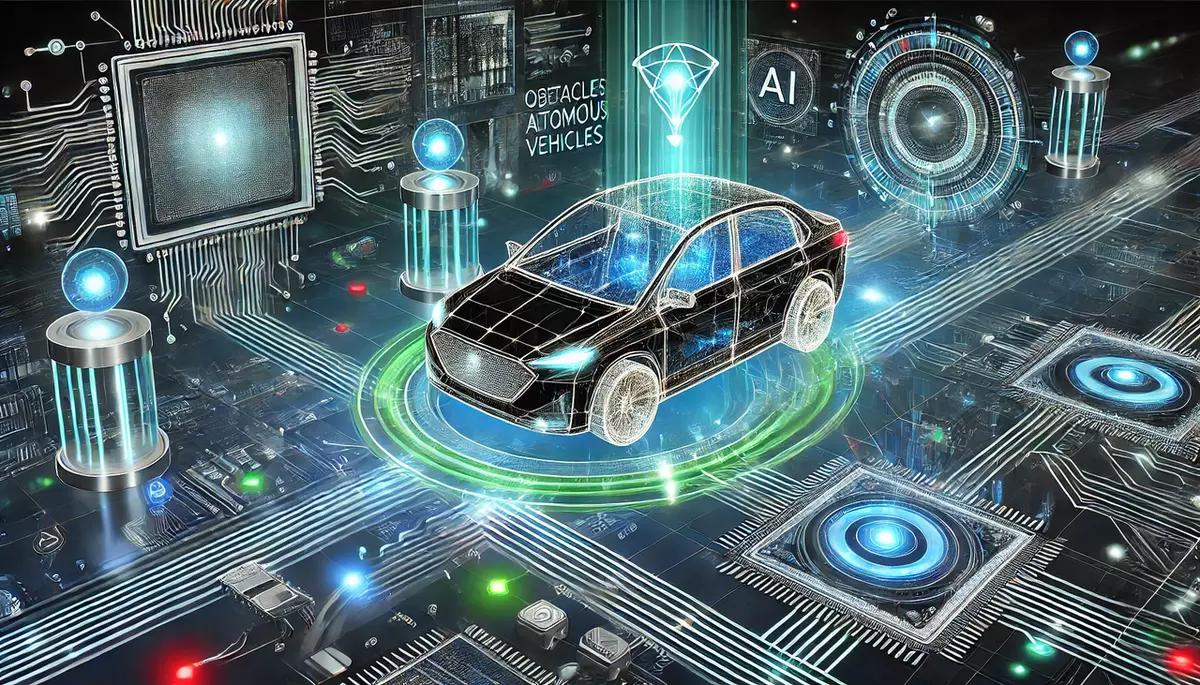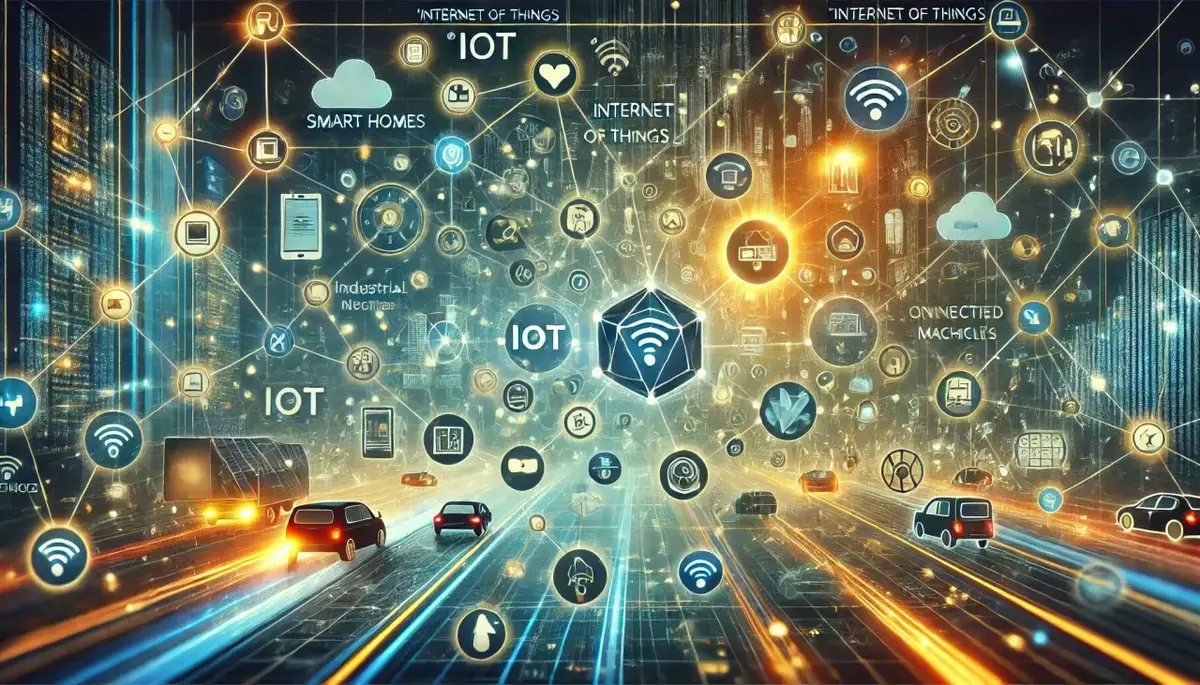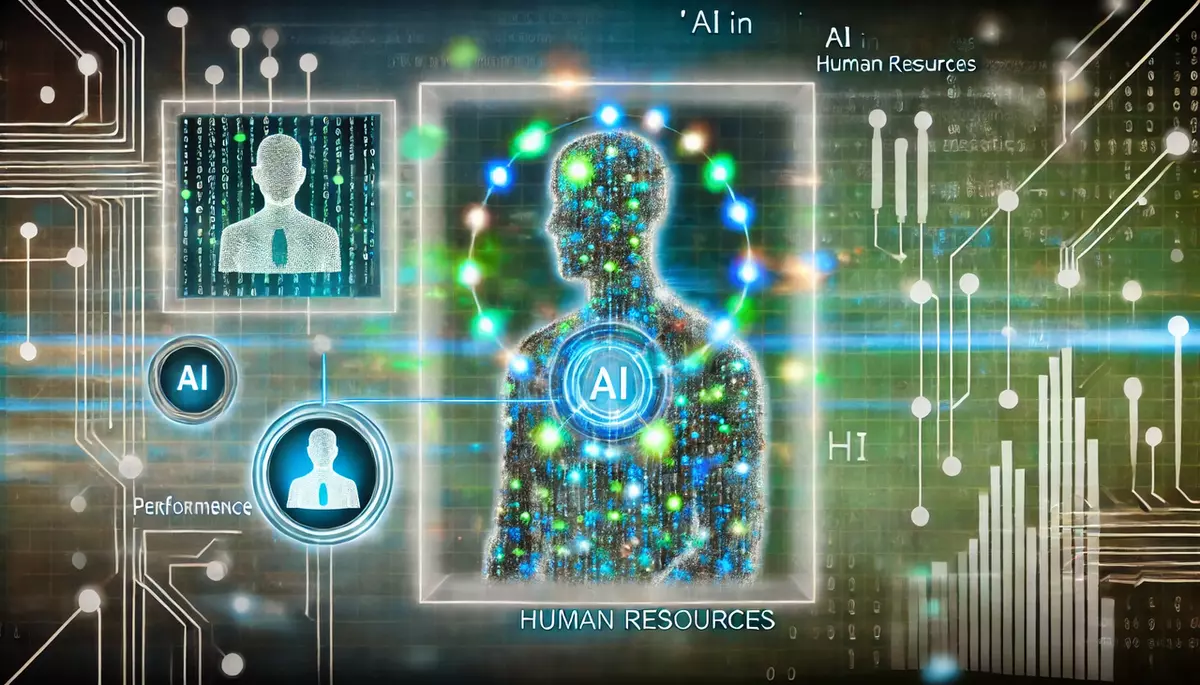Introduction
Artificial Intelligence (AI) has emerged as a powerful tool in the realm of disaster response, offering innovative solutions to enhance preparedness, mitigation, and recovery efforts. This knowledge base article explores the various applications of AI in disaster management, highlighting its potential to revolutionize the way we respond to and mitigate the impact of natural and man-made disasters.
AI in Disaster Prediction and Early Warning
AI-powered systems can analyze vast amounts of data from various sources, such as weather patterns, satellite imagery, and historical records, to predict the likelihood and severity of impending disasters. By leveraging machine learning algorithms, these systems can identify patterns and anomalies that may indicate the onset of a disaster, enabling early warning systems and allowing for proactive measures to be taken.
AI in Disaster Response and Coordination
During the response phase, AI-powered systems can assist in coordinating and optimizing the deployment of resources, such as emergency personnel, equipment, and supplies. These systems can analyze real-time data from sensors, social media, and other sources to provide situational awareness, identify areas of greatest need, and recommend the most efficient allocation of resources.
AI in Search and Rescue Operations
AI-powered drones and robots can be deployed in search and rescue operations, leveraging computer vision, natural language processing, and other AI technologies to locate and assist victims in disaster-affected areas. These autonomous systems can navigate through hazardous environments, identify survivors, and provide critical information to rescue teams, enhancing the speed and effectiveness of rescue efforts.
AI in Damage Assessment and Recovery Planning
AI-powered systems can analyze satellite imagery, drone footage, and other data sources to assess the extent of damage caused by a disaster. This information can be used to prioritize recovery efforts, allocate resources, and develop targeted strategies for rebuilding and restoring affected communities.
Challenges and Limitations
While the potential of AI in disaster response is significant, there are also challenges and limitations to consider. These include the need for robust data infrastructure, the ethical implications of AI decision-making, and the potential for bias and errors in AI-powered systems. Addressing these challenges will be crucial for the effective and responsible deployment of AI in disaster management.
Future Directions and Opportunities
As AI technology continues to evolve, the opportunities for its application in disaster response are expected to grow. Advancements in areas such as natural language processing, computer vision, and autonomous systems will likely lead to more sophisticated and integrated AI-powered solutions for disaster management. Collaboration between researchers, policymakers, and disaster response organizations will be crucial in shaping the future of AI in this critical domain.
Conclusion
The integration of AI in disaster response has the potential to revolutionize the way we prepare for, respond to, and recover from natural and man-made disasters. By leveraging the power of data analysis, predictive modeling, and autonomous systems, AI-powered solutions can enhance the speed, efficiency, and effectiveness of disaster management efforts, ultimately saving lives and minimizing the impact of catastrophic events.
This knowledge base article is provided by Fabled Sky Research, a company dedicated to exploring and disseminating information on cutting-edge technologies. For more information, please visit our website at https://fabledsky.com/.
References
- Basu, S., Ganguly, S., Mukhopadhyay, S., DiBiano, R., Karki, M., & Nemani, R. (2015). DeepSat: a learning framework for satellite imagery. In Proceedings of the 23rd SIGSPATIAL International Conference on Advances in Geographic Information Systems (pp. 1-10).
- Goodfellow, I., Bengio, Y., & Courville, A. (2016). Deep learning. MIT press.
- Kamilaris, A., & Prenafeta-Boldú, F. X. (2018). Deep learning in agriculture: A survey. Computers and electronics in agriculture, 147, 70-90.
- Lary, D. J., Alavi, A. H., Gandomi, A. H., & Walker, A. L. (2016). Machine learning in geosciences and remote sensing. Geoscience Frontiers, 7(1), 3-10.
- Nguyen, D. T., Ofli, F., Imran, M., & Mitra, P. (2017). Damage assessment from social media imagery data during disasters. In Proceedings of the 2017 IEEE/ACM International Conference on Advances in Social Networks Analysis and Mining 2017 (pp. 569-576).

